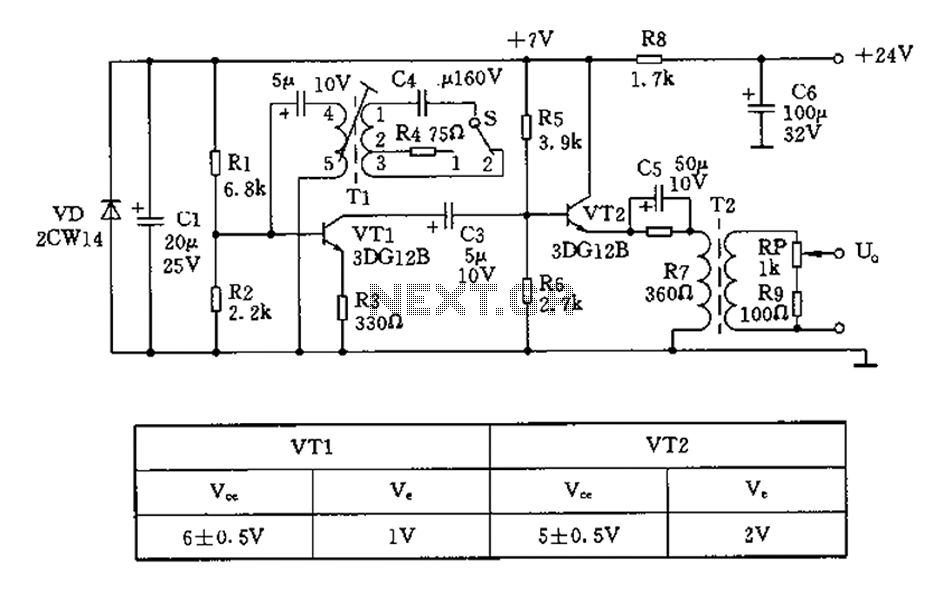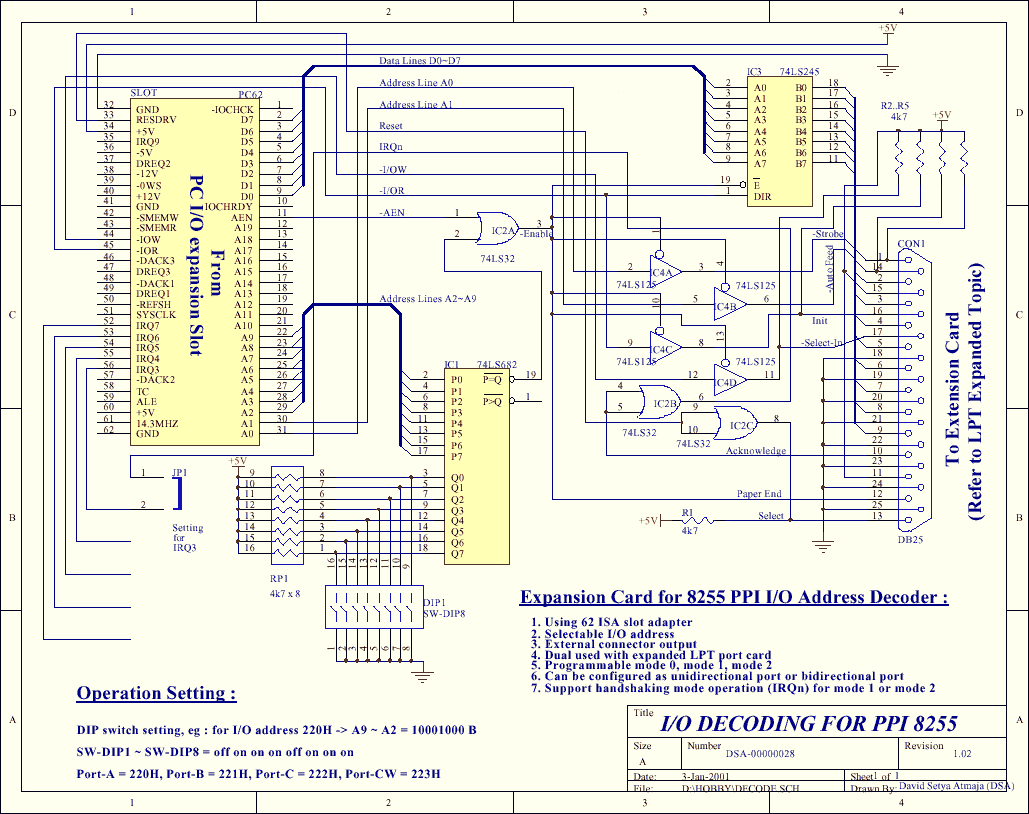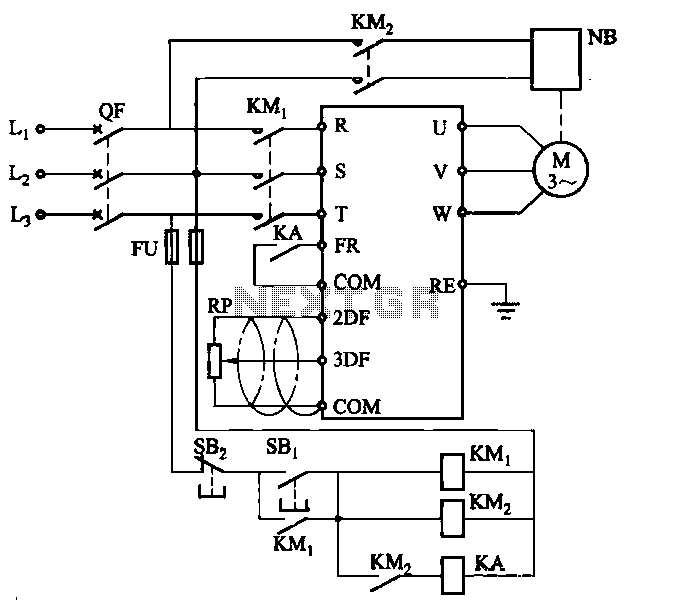
Auto Turn-Signal Reminder Circuit

This circuit counts the flashes of turn signals. After approximately 70 flashes, a chime sounds to remind the driver to deactivate the turn signal. The period can be altered by using different taps on U2 if desired. BZ1 serves as a buzzer or chime module.
The turn signal counting circuit is designed to enhance vehicle safety by providing an auditory reminder to the driver, ensuring that turn signals are not left on unintentionally. The core of this circuit involves a microcontroller or timer IC (U2) that is configured to count the number of flashes emitted by the turn signal lights.
The circuit operates by monitoring the input from the turn signal circuit, typically through a phototransistor or a voltage divider that detects the on/off state of the turn signal. Each time the turn signal flashes, the microcontroller increments a counter. When the counter reaches a predetermined threshold of 70 flashes, the microcontroller activates the buzzer module (BZ1), which emits a chime sound. This auditory cue serves as a reminder for the driver to turn off the signal.
Furthermore, the design includes several taps on U2, which allow for flexibility in adjusting the counting period. By selecting different taps, the timing characteristics can be modified to suit various applications or user preferences. This feature is particularly useful in scenarios where the frequency of turn signal usage may vary, enabling customization for different vehicles or driving habits.
The buzzer module (BZ1) is typically a piezoelectric or electromagnetic type, capable of producing a loud enough sound to be heard over ambient noise. Its integration into the circuit is straightforward, requiring only a connection to the output pin of U2, which will provide the necessary drive signal when the counting threshold is reached.
Overall, this circuit represents a practical solution for improving driver awareness regarding turn signal usage, thereby contributing to safer driving practices. This circuit counts turn signal flashes. At the end of about 70 flashes, a chime sounds to remind the driver to turn off the turn signal. By using various taps on U2, the period can be changed if desired. BZ1 is a buzzer or chime module.
The turn signal counting circuit is designed to enhance vehicle safety by providing an auditory reminder to the driver, ensuring that turn signals are not left on unintentionally. The core of this circuit involves a microcontroller or timer IC (U2) that is configured to count the number of flashes emitted by the turn signal lights.
The circuit operates by monitoring the input from the turn signal circuit, typically through a phototransistor or a voltage divider that detects the on/off state of the turn signal. Each time the turn signal flashes, the microcontroller increments a counter. When the counter reaches a predetermined threshold of 70 flashes, the microcontroller activates the buzzer module (BZ1), which emits a chime sound. This auditory cue serves as a reminder for the driver to turn off the signal.
Furthermore, the design includes several taps on U2, which allow for flexibility in adjusting the counting period. By selecting different taps, the timing characteristics can be modified to suit various applications or user preferences. This feature is particularly useful in scenarios where the frequency of turn signal usage may vary, enabling customization for different vehicles or driving habits.
The buzzer module (BZ1) is typically a piezoelectric or electromagnetic type, capable of producing a loud enough sound to be heard over ambient noise. Its integration into the circuit is straightforward, requiring only a connection to the output pin of U2, which will provide the necessary drive signal when the counting threshold is reached.
Overall, this circuit represents a practical solution for improving driver awareness regarding turn signal usage, thereby contributing to safer driving practices. This circuit counts turn signal flashes. At the end of about 70 flashes, a chime sounds to remind the driver to turn off the turn signal. By using various taps on U2, the period can be changed if desired. BZ1 is a buzzer or chime module.





